Cement
To remove drops of cement from the tile surface during renovation, wipe them off with a damp cloth. But the task becomes more complicated if the solution has already hardened. In this case, there are two options:
- Soak with water. Pour or sprinkle on dried lumps with plain warm clean water, leave to act for 10-15 minutes. The softened composition is easily removed with a spatula. The main thing is to work with the flat side, like a scraper, and do it very carefully so as not to damage the glazed top layer.
- Use a solvent. If even the soaked cement does not want to leave the tile after repair, purchase a special tool. Cement thinner (for example, Nerta ATC 350) will help to quickly and without a trace remove residues, even from embossed surfaces.
Important! When working with any chemical composition, be sure to use gloves!
Grout
It is easier to wash the grout from the tile, like any other solidifying substance, immediately after the end of the work. If the tiles are soiled above the bathroom, a shower and a rag will help you, if elsewhere - a abundantly moistened rag. Rinse the surface several times with clean water until the white marks disappear.
For those who do not want to wash the tiles for a long time after renovation, there are other options:
- Chemical. Dilute liquid bleach in water, wipe the tiles with this compound, then rinse with clean water. Other options for household chemicals (for glasses, dishes) are suitable.
- Natural. Mixing water with vinegar or lemon juice will also help clear grout from the tiles.
All of the above applies to conventional cement compositions, if your grout is epoxy, water will not help. Purchase a lye-based cleaner from your hardware store. For large surfaces and light contamination, it is diluted, on solid polymerized residues, it is used clean. Apply, leave to work, rinse or scrub off with a scraper.
Advice! So that the seams are not damaged during washing, treat them with a glitter fugue.
Primer
The primer only seems to be ordinary water, but after hardening it turns into a tightly ingrained film. Washing the primer off the tiles is a really tricky task. As with the first two pollutants, it is best not to dry out - wash the tiles immediately after finishing the process and you will have no problems.
If time is already lost, you will have to turn to heavy artillery. What detergents can help:
- alcohol;
- polyurethane foam cleaner;
- cement solvent;
- acid-free washes;
- vinegar essence.
But first of all try the primer itself: apply a fresh coat over the old one, wait 3-5 minutes, wipe with a damp cloth.
For unglazed matte ceramic tiles, try abrasive products: cured primer can be cleaned with a stiff metal brush. Before this, it is better to soak the stains. The tiles on the floor can simply be covered with a wet cloth, the tiles on the wall can be sprinkled several times.
Silicone sealant
It is almost impossible to wash out even fresh sealant - so do not touch fresh drops so as not to smear the product on the surface. Better wait until it dries completely. After that, try one of the following methods for cleaning the tiles after the renovation:
- Mechanical. Use a sharp scraper, knife or spatula at an angle of 30-45 degrees to pick up and remove the sealant. More suitable for bulky dirt.
- Chemical. If you did smear the composition on the tiles, you will need a solvent - for example, 646. Moisten a rag in it and wipe off the stains little by little.
Tile adhesive
Like grout, there are two types of glue, they will have to be removed in different ways. Therefore, the first step is to decide what type you are dealing with.
- Cement. Unlike pure cement, water will not help here, because the glue contains other components that complicate cleaning. Acid solvent is recognized as the most effective and safe for facing. It is applied to stains (clean or in a 1: 5 solution with water), left for a short time, then removed with a scraper or rag.
- Epoxy. Where water and acids are completely ineffective, alkali will come to the rescue. The older the stain, the more concentrated the composition should be. Undiluted alkali is applied pointwise to the aged drops. Remember to thoroughly wash the entire surface after removal.
Construction dust
This is one of the most harmless types of pollution - superficial, easy to wash. Try cleaning the tiles after repairs with a sponge and dish detergent. Lather, wipe the tile, rinse with a clean dampened cloth.
If the contaminated ceramic tile is glazed, glossy - a weak vinegar solution is used for washing and rinsing - it will help to avoid soap stains.
Paint
How to wash the tiles after repair depends on the type of paint:
- water-based emulsion is washed off with plain water;
- acrylic is removed with a solvent, nail polish remover;
- oil is afraid of alkaline compounds.
Advice! Before using any products, try them on an inconspicuous area - some caustic compounds can damage the glaze, make it cloudy.
Liquid Nails
Are there drops on the tiles after the repair? Let them harden and remove with a scraper or knife. If the mechanical method does not help, use a solvent.
Regular inexpensive 646 will easily deal with liquid nail stains on tiles.
Important! Sometimes the fresh composition is removed with oil or fatty cream.
Whitewash
All you need to know, any whitewash is afraid of water! Therefore, even the frozen spots are sprinkled abundantly with hot water, we wait a little and wash it with a sponge or rag.
Plaster
Cleaning in this case does not differ from cement or cement glue. Remove fresh stains with any napkin; the hardened ones will have to be soaked first.
To speed up the soaking process, use hot water with vinegar or ammonia. Loose traces of construction work can be easily removed with a spatula.
Polyurethane foam
If building dust is the simplest pollutant, foam is the most difficult.
- Fresh pollution. Because the composition hardens quickly enough, you should also act with lightning speed. Immediately after completion of work, cut off the foam with a knife, spatula. Remove any residue with a gun cleaner.
- A congealed spot. The good news is that the process is not much more complicated and almost no different. First, remove the volume, and dissolve the residues with the same means for a pistol, any suitable solvent, white spirit, acetone.
Handy tools for softening the foam:
- dimexide;
- hot vegetable oil;
- petrol.
It is always easier to clean tiles after repairs if the stains are fresh. Therefore, do not procrastinate with cleaning - spend a little time after installation or other work in order to save energy in the future.

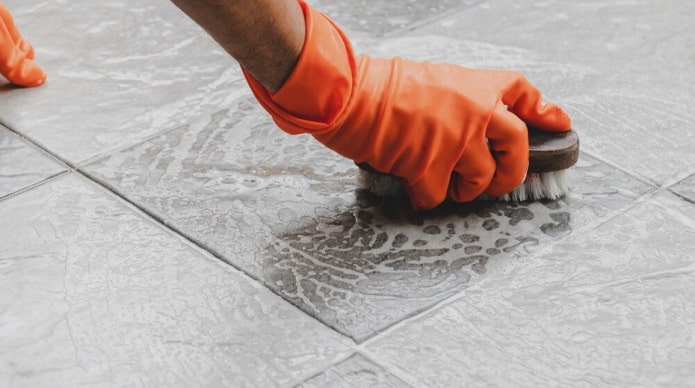
 10 practical tips for arranging a small kitchen in the country
10 practical tips for arranging a small kitchen in the country
 12 simple ideas for a small garden that will make it visually spacious
12 simple ideas for a small garden that will make it visually spacious

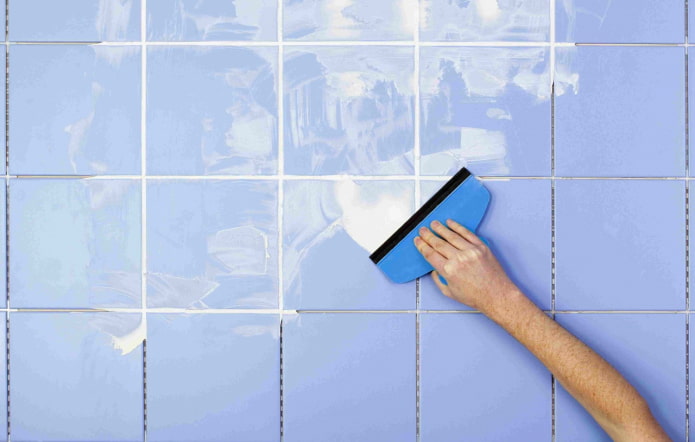

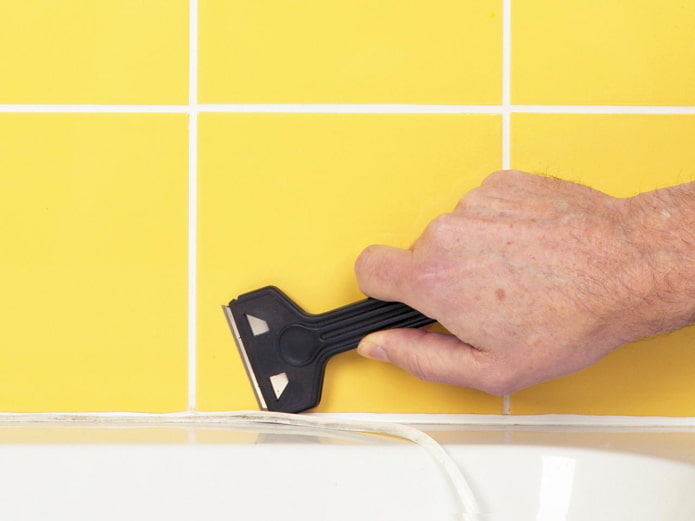
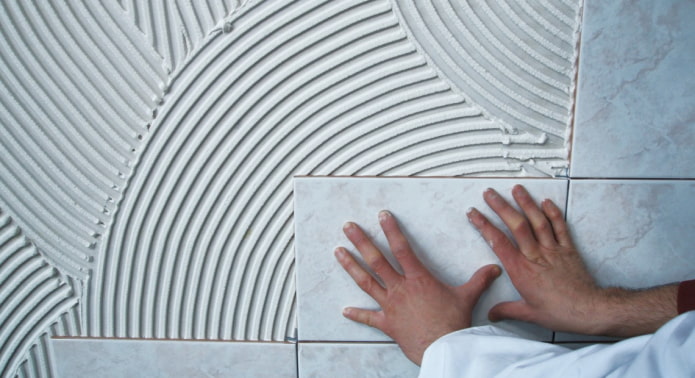
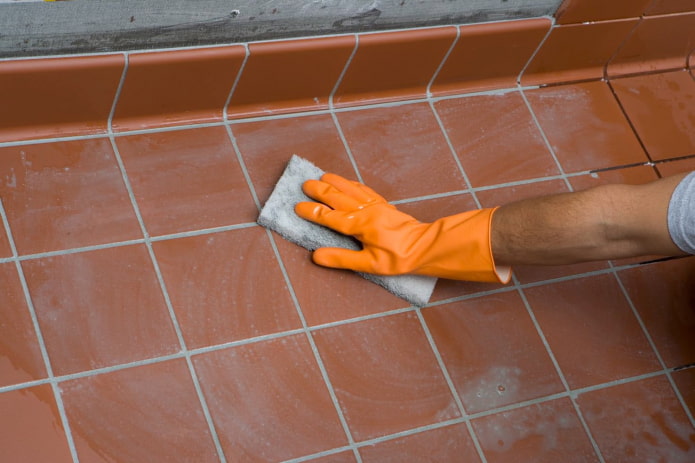
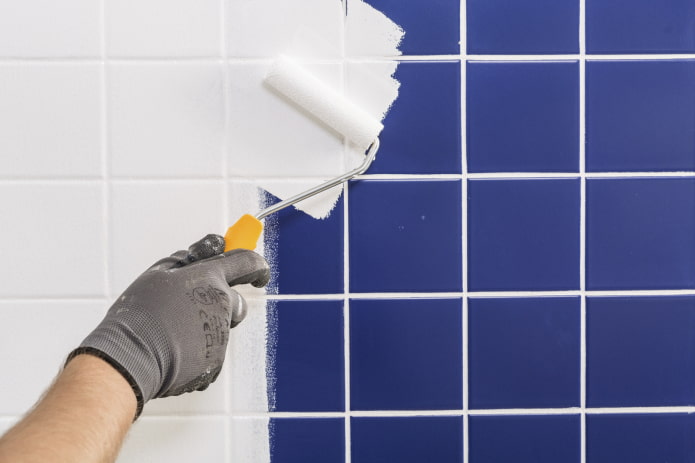

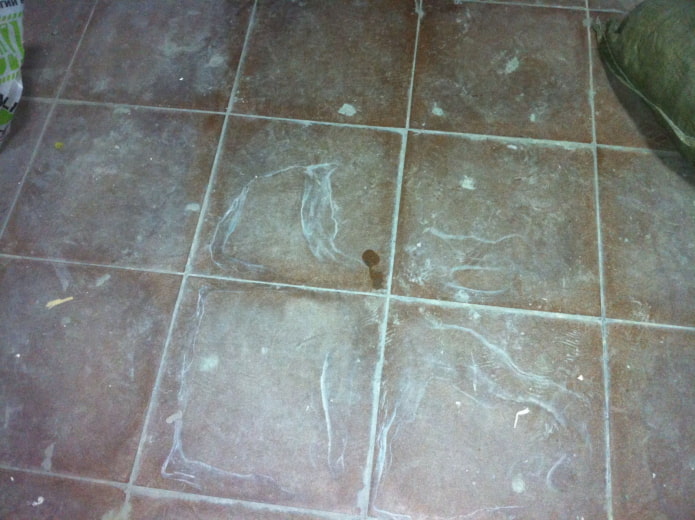
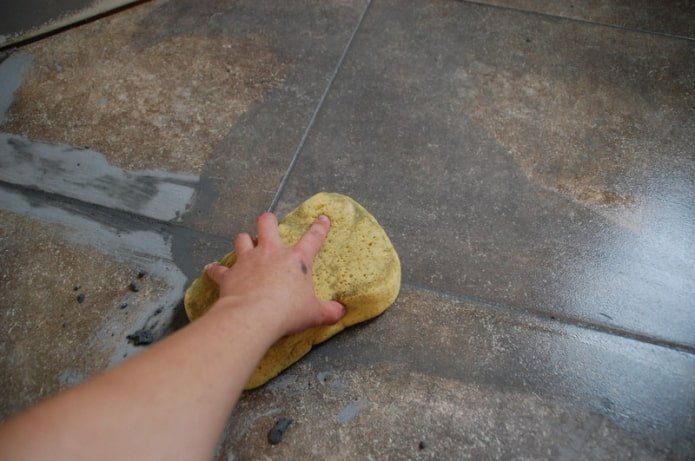

 What is better not to do it yourself during the repair?
What is better not to do it yourself during the repair? Bloated linoleum: how to fix it without disassembly
Bloated linoleum: how to fix it without disassembly The worst decisions in apartment renovation
The worst decisions in apartment renovation  Installation of ceiling tiles: choice of materials, preparation, order of work
Installation of ceiling tiles: choice of materials, preparation, order of work How to glue a ceiling plinth to a stretch ceiling?
How to glue a ceiling plinth to a stretch ceiling? Ceiling plinth for stretch ceiling: types, recommendations for selection
Ceiling plinth for stretch ceiling: types, recommendations for selection